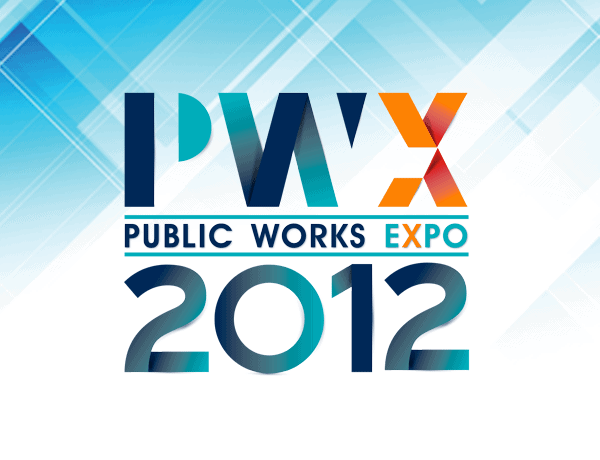Member
Sponsored by APWA’s Government Affairs Committee Summer 2013 will mark the one-year anniversary of MAP-21. Part One of this session will review the initial year implementation of the bill’s project delivery streamlining provisions. Part Two will look forward, as MAP-21 is only a two-year bill. Panelists will discuss the framework for the successor legislation to MAP-21.
Read More
Learn how Cupertino, California, incorporated innovative and practical applications of GIS, QR code and smartphone technologies to identify and protect street trees while also educating and engaging the community. Inventorying Cupertino’s nearly 14,000 trees was both a beginning and catalyst to improvement of their urban forest.
Read More
Learn about the Prince William Environmental Mitigation Bank. Through the sale of stream credits on the open market, the county can restore miles of local, degraded and impacted stream corridors at no expense to the Prince William County taxpayer
Read MoreDiscover what two public agencies did to optimize limited resources while improving customer service by using available features of current software and employing new technologies, including web requests and mobile apps, that link to their maintenance management systems.
Read More
This program will show local agencies how they can increase the use of these recycled materials for locally funded projects where state requirements do not apply. Learn the accepted uses for recycled materials that, while potentially in conflict with outdated state standards, are something that can be employed at your community�s discretion for locally funded projects.
Read MoreThis program addresses the major changes in each chapter of the “Green Book” and discusses the use of updated design guidance and design flexibility throughout the document.
Read MoreRoadway safety is a vital component of local government. However, reduced budgets make many projects seem out of reach. Safety Improvements do not have to cost an agency a lot of money. Low Cost Safety Improvements (LCSI) can have a significant impact. This program will detail what two entities have done in the way of LCSI.
Read More
Pavement markings play one of the most important safety functions on our roads.
Many materials can be used for pavement markings. However, the performance and cost of the different materials vary greatly. Additionally, some materials are more appropriate for a given set of circumstances than other materials. The useful life of a pavement marking material often varies widely based on many factors. Finally, many agencies don’t have the financial resources to utilize the ideal solution and have to make do with what they have.
Read MoreThis program focuses on two municipalities that are actively fighting the Emerald ash borer (EAB) and have refused to concede to the complete loss of their ash tree canopy.
Read MoreInterview with Mark L. Belshe at the 2012 APWA International Public Works Congress and Expositions in Anaheim, California on: High-Performing Roads Using Scrap Tire Rubber
Read More